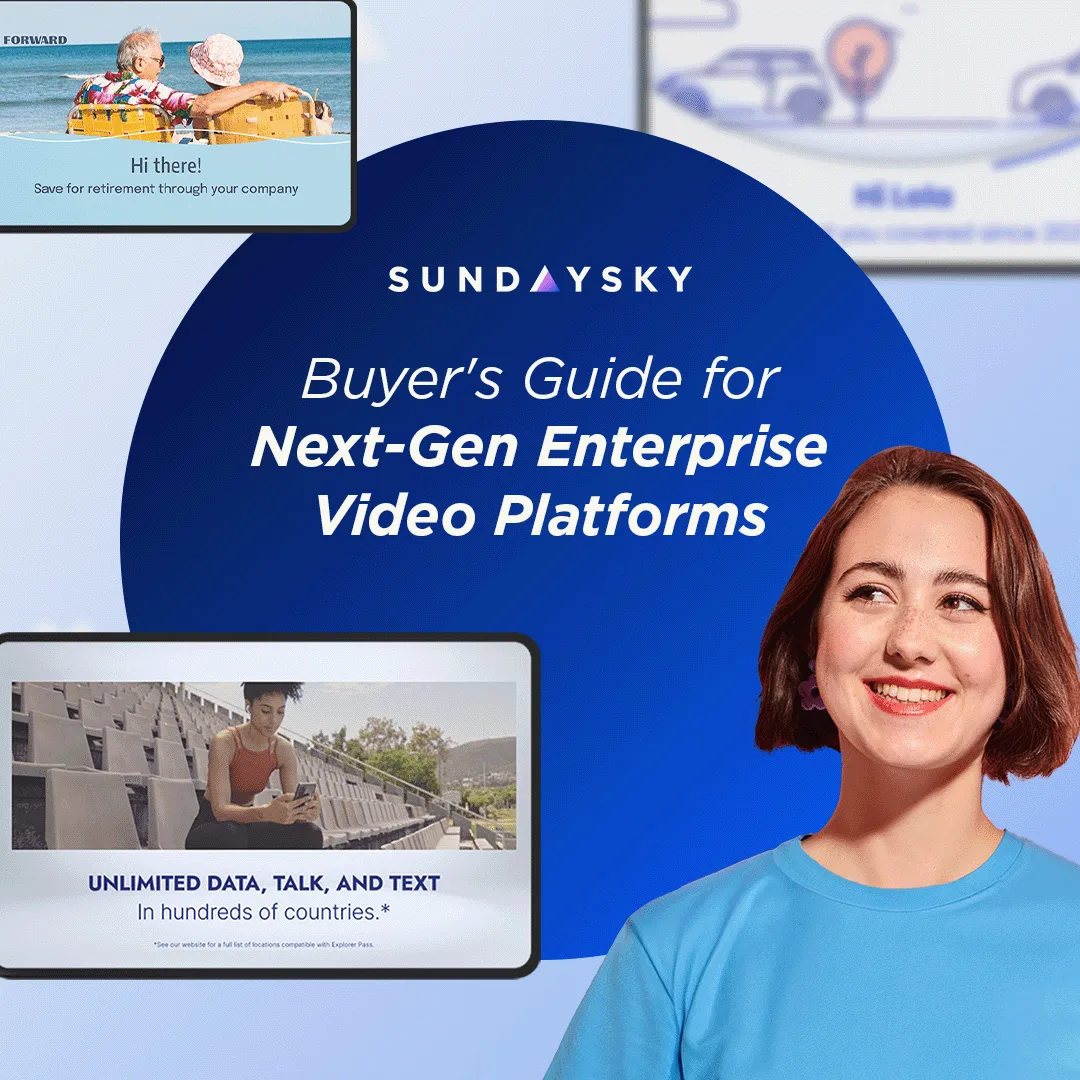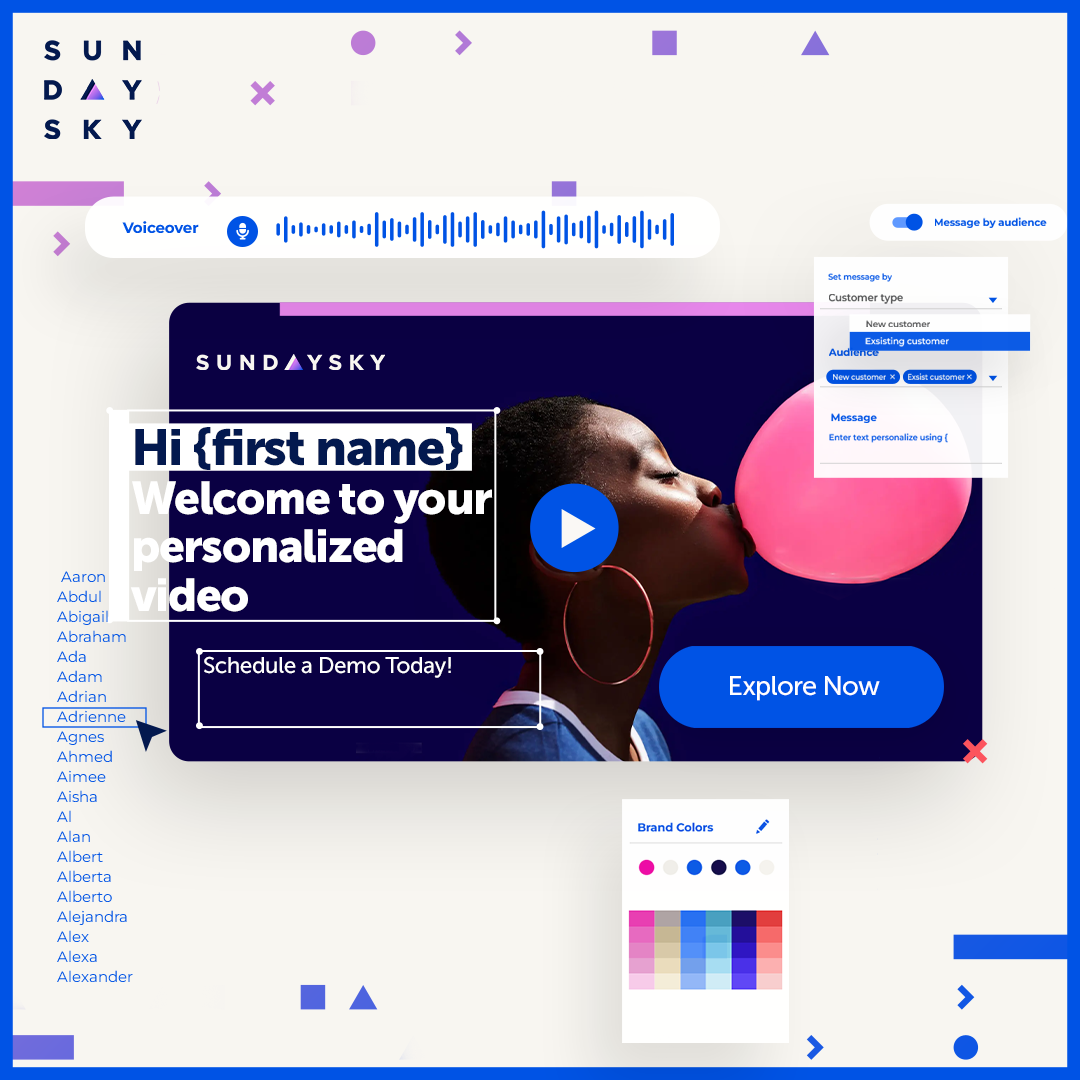In today’s digital world, there’s a premium on premium video. Publishers are increasingly searching for assistance in the regulation and oversight of high-quality branded content. FreeWheel, a Comcast Company, has established itself as one of the leading advertising management solutions. Purposely built for the new TV ecosystem, FreeWheel manages and monetizes their clients’ premium video inventory in brand-safe ways, with a client roster that includes Comcast, DIRECTV, Fox, NBCUniversal, Turner Broadcasting System and Viacom in the U.S. and MTG, Sky, Canal + and Channel 4 in Europe.
In the latest installment of our ongoing Video Centers of Excellence series, we speak with FreeWheel Publishers General Manager James Rooke to learn about how FreeWheel supports powering the premium video ecosystem across all screens and monetization channels, and how the company provides clients with full safety, compliance and control of their premium video inventory.
At FreeWheel, James has global P&L responsibility for FreeWheel’s sell-side clients – broadcasters, cable networks, cable, telco and satellite operators, and large digital pure-play companies. Prior to his current role, James served as Chief Revenue Officer for FreeWheel, responsible for commercial functions including sales, client relationships, client services and the video marketplace. Formerly with Time Warner Cable, where he was part of the media and advertising business, James was VP, Strategy and Execution as well as General Manager of its digital marketing services business. He has an extensive media consulting background with Ernst & Young in the United Kingdom, and Capgemini in the US.
Every publisher seems to be pivoting toward video, so how do the best distinguish themselves?
The pivot to video is largely driven by a path to better compete for consumers’ media time and improve monetization economics for the publisher. Publishers are under pressure as competition for media time intensifies and are looking to video as a tactic to better attract and engage users; in addition, video CPMs are much higher and marketers are increasingly moving their spending to digital video. The challenge is that not all video is created equal. Simply “pivoting to video” can have the reverse effect if the video strategy fails to properly align with the publisher’s content and audience. Because of this, we at FreeWheel believe in the power of premium video and think that premium publishers hold a distinct advantage in the marketplace.
Over the last 18 months, the pendulum has been swinging back to the premium end of the video market as brand marketers increasingly recognize its effectiveness in delivering superior return on investment (ROI) relative to other types of video. Premium video is brand-safe, in that the content itself is highly curated, more frequently featured in high-quality, sought-after viewing environments (e.g. streaming media services) and capable of delivering a more immersive video experience that drives greater engagement. “Pivoting to video” is not enough. Publishers need to invest in “pivoting to premium video” and make the necessary technology, people and process investments to deliver the right ROI.
What are the top 3 challenges publishers face with the creation, distribution and monetization of video content?
From our perspective, FreeWheel focuses on supporting the monetization of video content for premium publishers so I’ll answer the question through that lens. We see 3 key challenges:
- Addressing viewing fragmentation: As viewing continues to fragment across screens and distribution points, publishers have to solve the problem of re-aggregating their audience wherever they are viewing, in order to create the level of scale that buyers want. While brand marketers understand the inherent advantages of premium video, it is a relatively scarce asset compared to long-tail or user-generated video, and screen fragmentation makes creating scale harder. As an example, for television companies, this means unifying audience viewing across linear, digital and set-top box video-on-demand (VOD) channels into a single pool of premium inventory that can be sold, delivered, optimized and reported against a single campaign. Converging linear and digital is incredibly complex – it means bringing together the best of linear (reach, simplicity) with the best of digital (data, targeting, and measurement) against a backdrop of different technology stacks, workflows, measurement capabilities, and resource skill sets.
- Proving ROI: Brands are increasingly pushing publishers to demonstrate ROI and attribution against their spend. Premium video has historically been seen as ideal for top-of-funnel brand marketing but gets less credit than it should for driving mid and lower funnel metrics (e.g. consideration, intent and sales metrics). It’s much easier for bottom-of funnel tactics such as search to tie back to sales results and take the credit. However, with new data-driven approaches and addressability solutions, premium video publishers have the opportunity to better compete and demonstrate true attribution at stage of the purchase funnel. Achieving this will enable premium publishers to be increasingly competitive relative to competing media channels.
- Solving for measurement: As viewers are consuming content on more and more screens, traditional measurement needs to rapidly evolve in order to make it more simple for buyers and sellers to transact. It’s a problem that hasn’t been solved – different platforms e.g. linear TV vs. over-the-top (OTT) services vs. desktop vs. mobile all support different measurement capabilities, making it harder to transact.
How do your customers justify the effectiveness of their video efforts? Better monetization over time? More eyeballs? More time spent overall?
One might be quick to say “revenue,” but we don’t think that’s always the key metric. Ultimately, premium publishers are looking to build deep, long-term engaging relationships with their consumers – and in doing so, they want to provide a platform that delivers superior advertising results for their clients against the metrics that brand marketers care about (which of course will differ by advertiser and campaign objective). Solving for driving eyeballs alone is not enough and is not going to build you a sustainable video business.
To solve for long-term loyalty and engagement, premium video publishers must be careful to deploy advertising strategies that do not compromise the viewer experience.
With media options greater than ever, if you annoy your audience or impede on what they deem to be an acceptable viewing experience, in the long term you will risk losing them to alternative services or forms of entertainment. The challenge of balancing viewer experience with monetization goals is getting increasingly complex, and publishers need to manage against an increasingly complex execution environment (viewing fragmentation, measurement challenges, programmatic complexities, etc.).
We look at the challenge of ad experience through a five-point framework:
1 – Choreography: The quantity, duration, and sequence of ads as they appear in a stream
2 – Frequency: How often a specific ad repeats
3 – Relevance: How much an ad aligns with the viewer’s interests or needs
4 – Control: The degree to which viewers are able to control or customize their ad experience
5 – Execution: Technical factors that affect the viewing experience, such as speed of content delivery, content discoverability and demand channel (e.g. direct sold vs. programmatic)
At FreeWheel we believe solving for ad experience will drive improved long-term, sustainable monetization for publishers and support the justification for continued investment and innovation in the technology and people to support a video-centric future.
What are some unique ways you see your clients deploying / utilizing video?
We see a lot of experimenting with video advertising – publishers are really trying to strike the right balance. They are looking at how reducing ad loads and shortening ad lengths is positively affecting viewer engagement, under what circumstance ad repetition is hurting engagement, and what strategies give viewers a sense of ownership over their viewing experience. There is more and more premium video out there; viewers can truly watch what they want, when they want. But we are in a constant mode of fine-tuning.
The ability to understand how the consumer is engaging with your content and advertising across devices will become increasingly important in order to inform campaign planning, targeting and delivery optimization (cross-screen reach and frequency management, for example).
Have you seen any customers establish best practices, subject matter experts, or standards and practices around video?
Every publisher is different, but we do see a number of common themes across the publishers we work with in terms of video monetization best practices. Quantitative-led ad load experimentation is becoming a standard practice. We’ve seen that publishers experimenting with different ad experiences have been able to often reduce ad loads while increasing overall revenue per stream. We have seen publishers establish a central yield and inventory management team with real teeth that can make decisions that are best for the publisher, not an individual salesperson. Publishers are also taking a holistic approach to their inventory management – business cannot be managed in silos anymore. We are enabling our clients to manage their advertising across internet protocol (IP) and set-top box VOD, with linear being the next big step, one for which we are well on our way through a number of initiatives with various multichannel video programming distributors (MVPDs) and programmers.
There are a lot of analytics that can be thrown at video. In your experience, what are the best metrics that publishers should be looking out for?
At the most basic level, ad completion is an important bellwether metric. We take an in-depth look at ad completion through our FreeWheel Video Monetization Report http://freewheel.tv/insights. Ad completion is an indicator of success for many elements of a video strategy, among them proper contextual placement, the right targeting data sets, engaging creative and the effectiveness of a balanced approach to user experience. All of these elements are captured in a binary metric: did the consumer actually watch the ad? Going one level deeper, any metric that demonstrates ad engagement will become increasingly important. Knowing if the consumer watched the ad to completion is important, but knowing the consumer was genuinely engaged in the ad is even more important. It’s engagement that will maximize the impact of the ad on delivering against the brand marketer’s core campaign metrics.




